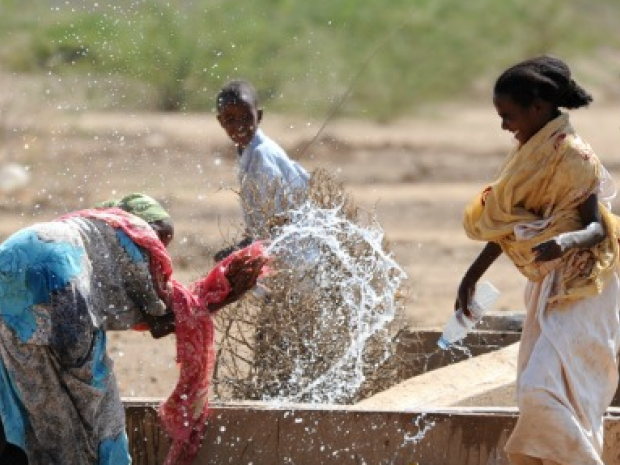A Snapshot of the World’s Water Quality: Towards a global assessment

Hundreds of Millions Face Health Risk as Water Pollution Rises Across Three Continents
-Pathogen and organic pollution rises in more than 50% of river stretches in Africa, Asia and Latin America
- Asia hit hardest by rise in severe pathogen pollution with up to a half of all river stretches affected
- Up to 323 million people on three continents at risk of infection from diseases caused by pathogens in water
30 August 2016 - Water pollution has risen across three continents, placing hundreds of millions of people at risk of contracting life-threatening diseases like cholera and typhoid, UN Environment warns today.
The worrying rise in the pollution of surface waters in Asia, Africa and Latin America also threatens to damage vital sources of food and harm the continents' economies, says UN Environment in its latest report, Snapshot of the World's Water Quality. By making access to quality water even more difficult, water pollution also threatens to breed further inequality, hitting the most vulnerable - women, children and the poor - the hardest.
Jacqueline McGlade, Chief Scientist of UN Environment, said, "The increasing amount of wastewater being dumped into our surface waters is deeply troubling. Access to quality water is essential for human health and human development. Both are at risk if we fail to stop the pollution.
"Luckily it is possible to begin restoring rivers that have already been heavily polluted and there is clearly still time to prevent even more rivers from becoming contaminated. It is vital the world works together to combat this growing menace."
Population growth, increased economic activity, the expansion and intensification of agriculture, and an increase in the amount of untreated sewage discharged into rivers and lakes are the main reasons behind the troubling rise in surface water pollution in Asia, Africa and Latin America.
Pathogen pollution and organic pollution rose in more than 50 per cent of river stretches from 1990-2010 on all three continents, while salinity pollution has risen in nearly one third, the UN report finds.
Solutions to the water quality challenge
There is still time to tackle water pollution. Better water monitoring, especially in developing countries, is needed to understand the scale of the challenge around the world and to identify key hotspots. Once in-depth assessments have been done there are a raft of new and old methods that can help to reduce the pollution at source, treat polluted water before it enters waterbodies, recycle wastewater for irrigation and protect ecosystems by, for example, restoring wetlands to remove pollutants from urban or agricultural run-off.
"There is no doubt that we have the tools needed to tackle this growing problem," said McGlade. "It is now time to use these tools to combat what is slowly becoming one of the greatest threats to human health and development around the world."
Log in with your EU Login account to post or comment on the platform.